19 Ways To Comfort Someone Who Is Afraid Of Flying ✈🌎
Welcome aboard, dear readers! If the thought of soaring through the skies leaves you feeling a bit uneasy, fear not— you’re not alone.
Many individuals experience a touch of anxiety when faced with the prospect of flying. Whether it’s the unfamiliar noises, the confined space, or simply the vastness of the open sky, apprehensions about air travel are a common phenomenon.
However, worry not, as we’ve compiled a friendly and informative list of practical ways to provide comfort to those who find themselves anxious about taking flight.
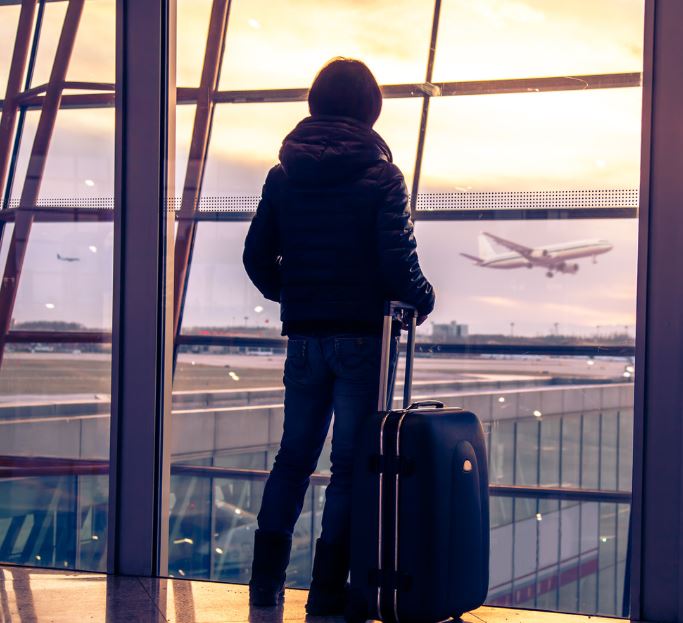
These tried-and-true methods aim to ease concerns and help individuals embark on their airborne journeys with a newfound sense of confidence and calm.
So, fasten your seatbelts and get ready to discover a range of tips that can turn your next flight into a smooth and serene experience.
how to comfort someone whos is afraid of flying
1. Personalized Reassurance:
Tailoring reassurances involves actively listening to their specific fears. Address each concern with empathy and share relevant, reassuring information.
If they’re worried about turbulence, explain how it’s a normal part of flying and not a safety threat.
This personalized approach shows understanding, helping to build trust and ease their anxiety.
2. Distraction Strategies:
Introduce distraction techniques to shift their focus away from anxiety.
Engaging in conversation, playing calming music, or enjoying in-flight entertainment are effective methods.
The goal is to create an enjoyable atmosphere, making the journey more pleasant and diverting attention from stressors.
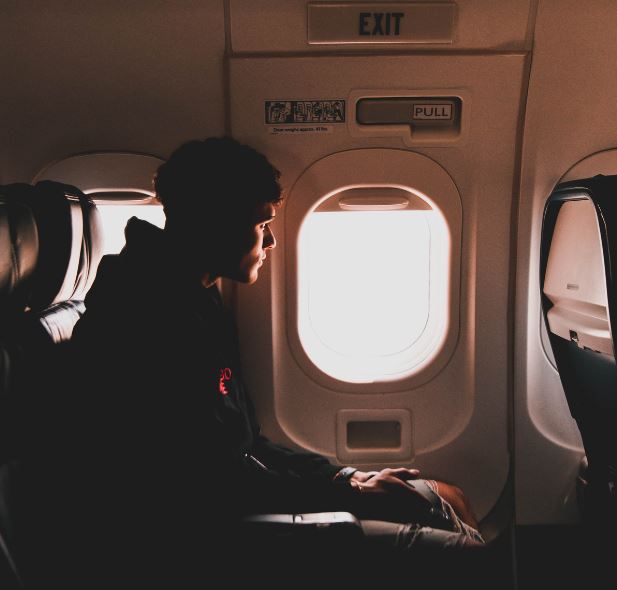
3. Breathing Exercises:
Guide them through simple breathing exercises, emphasizing deep, slow breaths. Practice together before the flight to establish a calming routine.
Breathing exercises activate the body’s relaxation response, reducing overall stress levels and promoting a sense of calm during the journey.
4. Familiar Comfort Items:
Encourage bringing familiar items on board, such as a favorite blanket or book.
These tangible reminders of home provide a sense of security and comfort.
Having personal items within reach can make the flight environment feel more familiar and less intimidating.
5. Seat Selection Tips:
Explain the science behind seat stability, particularly over the wings. Opting for these seats can result in a smoother ride.
Share information about turbulence, assuring them that it’s a normal part of flying and doesn’t pose a threat.
Understanding these details helps alleviate apprehension about the overall flight experience.
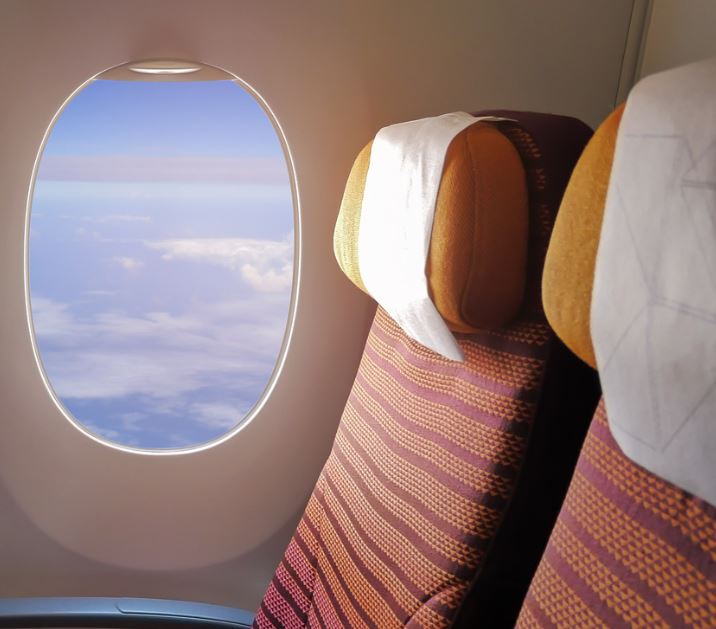
6. Pre-flight Rituals:
Establish pre-flight rituals to instill a sense of control. Assist with meticulous planning, checking the weather, and organizing documents.
Creating a routine minimizes pre-flight anxiety, providing a structured approach to the journey and contributing to a smoother experience.
7. Visualizing Success:
Encourage positive visualization by guiding them to imagine a successful and enjoyable flight.
Focus on the excitement of reaching the destination rather than potential anxieties. Visualization can be a powerful tool in shifting their mindset and reducing pre-flight stress.

8. Professional Support:
Suggest seeking professional help, such as therapy or participating in fear of flying programs offered by airlines.
Trained experts can provide coping strategies, psychological support, and personalized advice tailored to address specific fears, offering a comprehensive approach to managing anxiety.
9. Educate About Aviation:
Demystify flying by sharing basic aviation knowledge. Explain the physics of flight, the reliability of aircraft, and the strict safety measures in place.
Understanding the mechanics can alleviate irrational fears, providing a logical perspective on the safety of air travel.
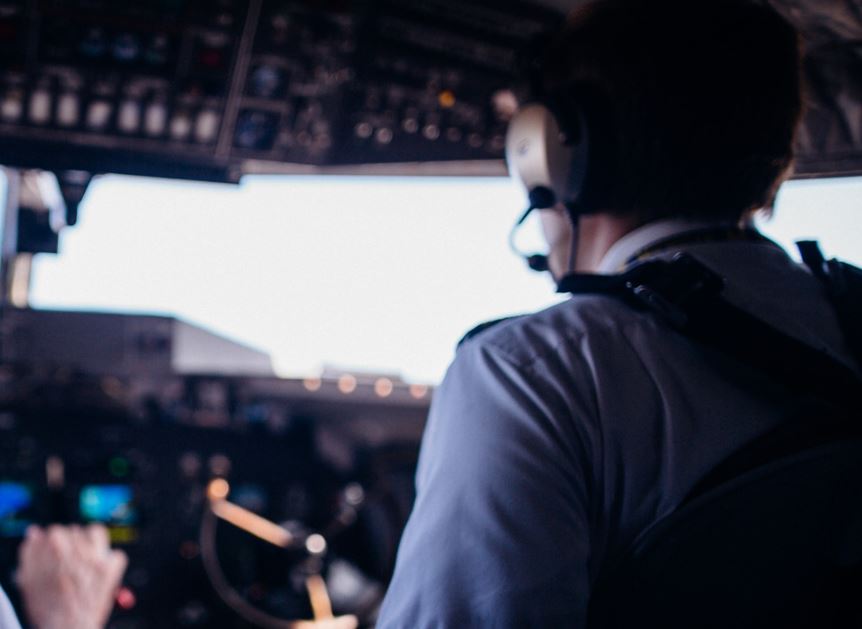
10. Supportive Travel Companion:
Offering to accompany them serves as a source of emotional reassurance throughout the journey.
A supportive travel companion provides assistance during challenging moments, a comforting presence during anxious times, and overall companionship, making the flight experience less daunting.
11. Positive Affirmations:
Introduce positive affirmations to counter negative thoughts.
Encourage them to repeat phrases like “I am safe” or “I trust the process.”
These affirmations foster a positive mindset, diminishing fear and anxiety by redirecting focus towards reassuring and uplifting thoughts.
12. Gradual Exposure:
Gradual exposure involves introducing them to flying experiences in manageable steps.
Begin with short flights or simulate aspects of air travel to desensitize fears and build confidence over time.
This incremental approach helps them acclimate to the challenges associated with flying.
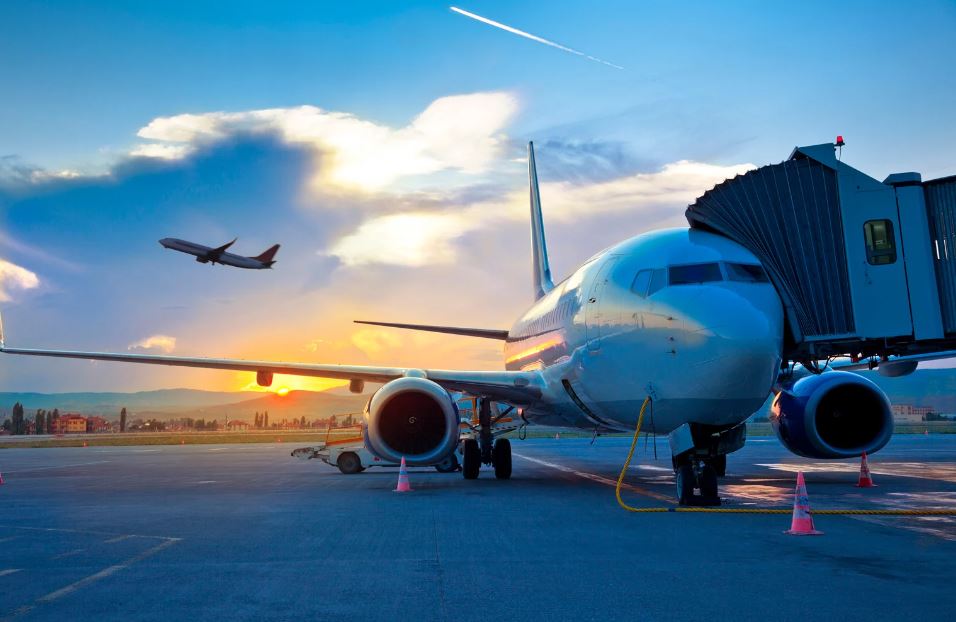
13. Mobile Apps for Anxiety:
Recommend anxiety-reducing apps designed specifically for fearful flyers.
These apps often include guided meditations, relaxation exercises, and real-time flight information.
By using technology as a support tool, individuals can access continuous assistance and guidance throughout their journey.
14. Communicate with Cabin Crew:
Suggest talking openly with the cabin crew about their fear.
Flight attendants are trained to assist anxious passengers and can provide additional support, reassurance, or information about the flight.
Communication with the cabin crew establishes an extra layer of comfort and assistance during the journey.
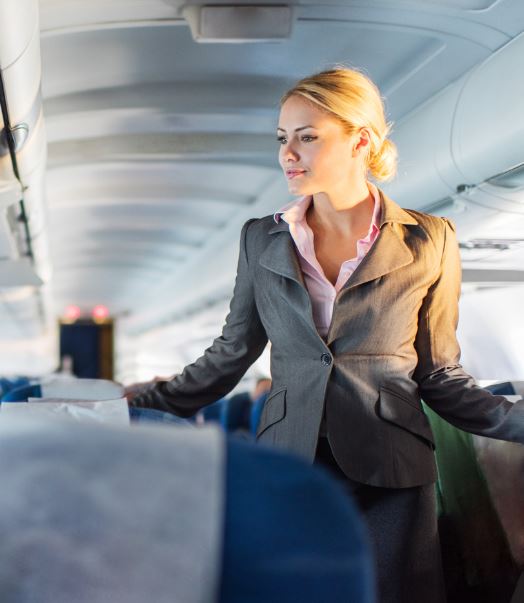
15. Post-flight Celebration:
Plan a celebration for the successful completion of the flight. Knowing that a reward awaits at the destination serves as positive motivation.
This post-flight celebration helps shift the focus from fear to excitement about the upcoming experience, reinforcing the positive aspects of air travel.
16. Grounding Techniques:
Introduce grounding techniques to help them stay connected to the present moment.
Encourage activities like rubbing their fingertips together or holding their hands, focusing on the sensations of their surroundings.
These techniques can provide a tangible anchor during moments of anxiety, promoting a sense of stability.
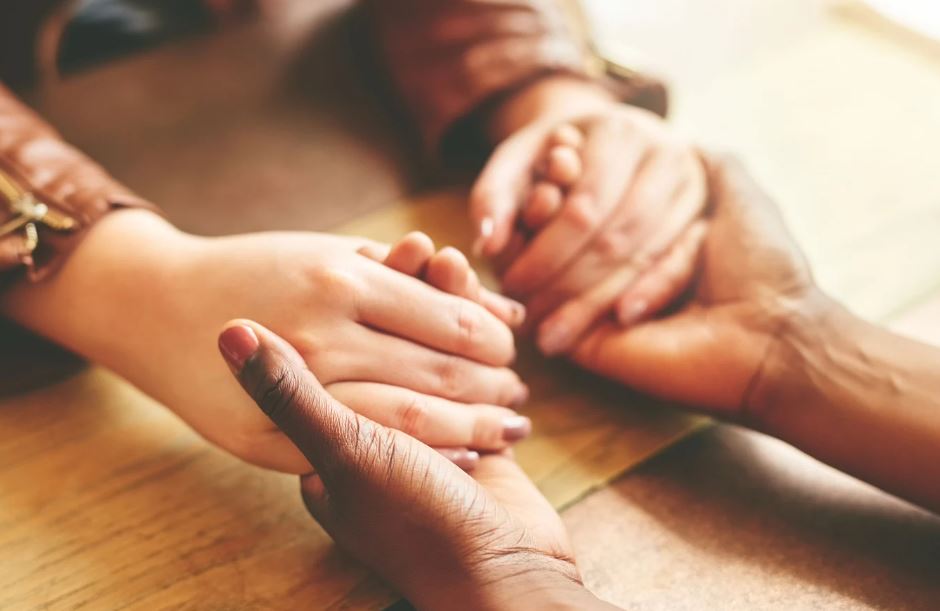
17. Transparent Communication:
Encourage open communication with the flight crew. Assure them that it’s perfectly acceptable to express concerns or ask questions during the flight.
Knowing they can communicate with the crew fosters a sense of control and support throughout the journey.
18. Share Positive Experiences:
Share positive flying experiences to inspire confidence. Narrate personal or others’ stories of smooth, enjoyable flights. Real-life anecdotes can be powerful in reshaping perceptions and providing a positive outlook on the flying experience.
19. Gradual Exposure Through Virtual Reality:
Explore virtual reality experiences that simulate flying. Gradual exposure through virtual reality allows individuals to familiarize themselves with the sights and sounds of air travel in a controlled environment, helping to desensitize fears before the actual flight.
As we prepare to land this blog journey, we want to extend our heartfelt gratitude for joining us on this exploration of comforting strategies for those with a fear of flying.
FAQ’s About Comforting someone before they fly
1. How Can I Support Someone in Overcoming their Fear of Flying?
Offer understanding and support by actively listening to their concerns. Share factual information about airline safety and explore relaxation techniques together. Encourage seeking professional help, such as therapists or airline staff, for additional support.
2. What Practical Tips Can Ease Anxiety During a Flight?
Suggest distractions like in-flight entertainment, bringing comforting items, and practicing deep breathing exercises. Advising them to notify the cabin crew about their anxiety can also lead to extra support during the journey.
3. Is There a Specific Comfortable Seat on the Plane for Anxious Flyers?
Many find the middle of the plane over the wings to be the most stable and least turbulent area. Explain the physics of flight and the design of modern aircraft to reassure them that specific seats offer a smoother ride.
4. How Can I Help Manage Pre-flight Anxiety?
Recommend establishing a pre-flight routine to create a sense of control.
This could include checking the weather, planning arrival times well in advance, and ensuring all necessary documents are organized.
Additionally, suggest practicing relaxation techniques leading up to the trip.

5. Are There Specific Resources or Programs for Fear of Flying?
Absolutely. Many airlines offer fear of flying programs or seminars led by experienced pilots and psychologists.
Online resources, books, and mobile apps dedicated to addressing flight anxiety are also readily available, providing tailored guidance and support.
Tips About Comforting someone before they fly
1. Active Listening and Empathy:
Engage in active listening to understand their concerns and emotions. Demonstrate empathy by acknowledging their feelings, creating a supportive space for open communication.

2. Provide Reassurance with Facts:
Share factual information to address specific concerns and dispel misconceptions. Providing accurate details about the situation can help alleviate anxiety and build a sense of security.
3. Offer Practical Support:
Extend a helping hand with practical tasks or assistance. Whether it’s accompanying them to a challenging situation or offering assistance with daily responsibilities, practical support reinforces your commitment to their well-being.
4. Encourage Relaxation Techniques:
Introduce relaxation techniques, such as deep breathing exercises, meditation, or mindfulness. These practices can help manage stress and promote a sense of calm during challenging times.

5. Create a Comforting Environment:
Foster a soothing atmosphere by paying attention to the physical surroundings. Dimming lights, playing calming music, or providing comforting items can contribute to a more relaxed and comforting environment.
In Closing: We sincerely hope you’ve found valuable insights and practical tips that can make a significant difference for yourself or someone you care about.
Remember, the skies may be vast, but with the right knowledge and support, the journey becomes not only manageable but enjoyable.
So, thank you for taking this flight of discovery with us, and may your future travels be filled with comfort, confidence, and the joy of exploration. Safe travels!
More comforting articles: How to comfort someone while their pet is dying






